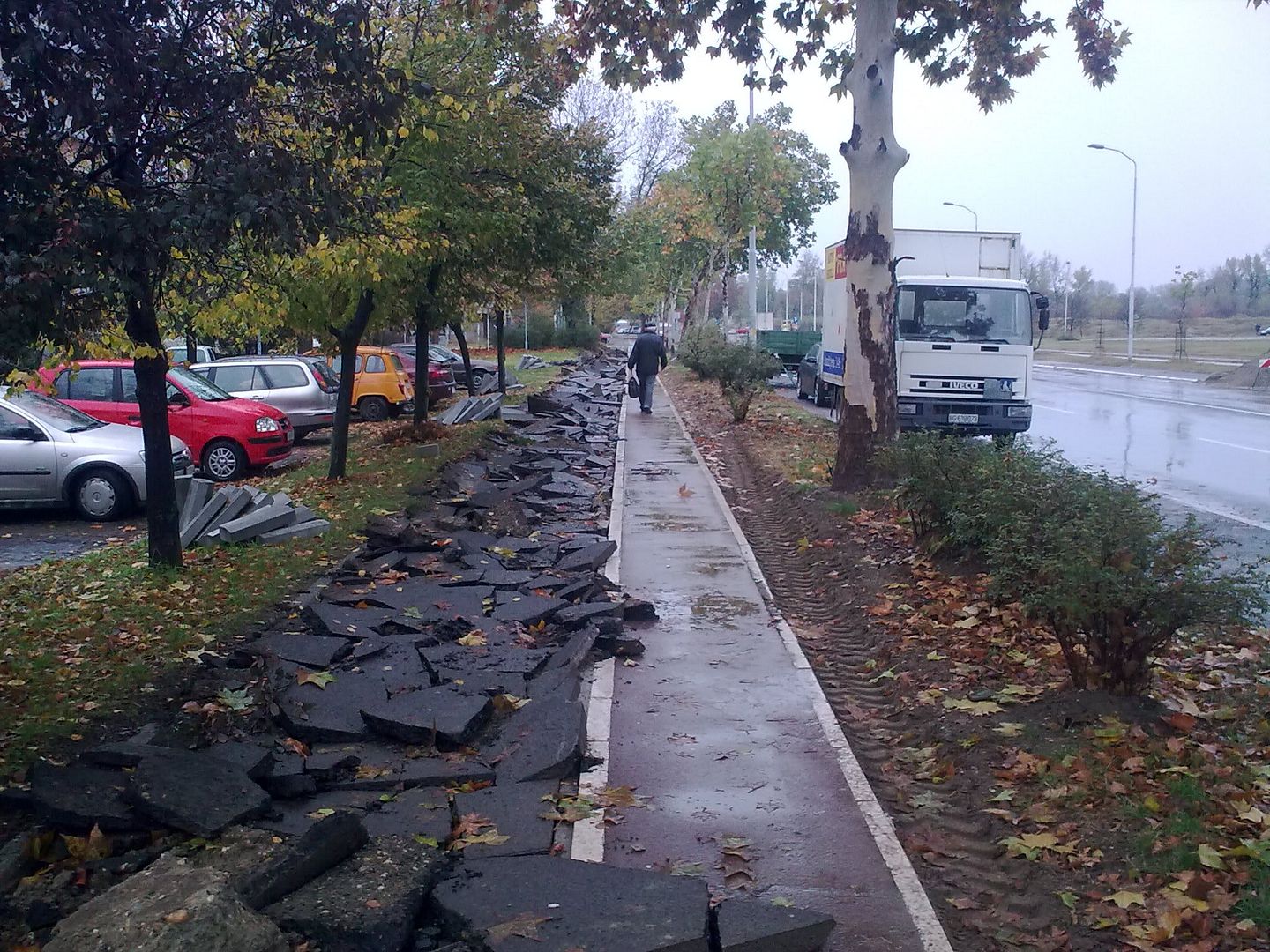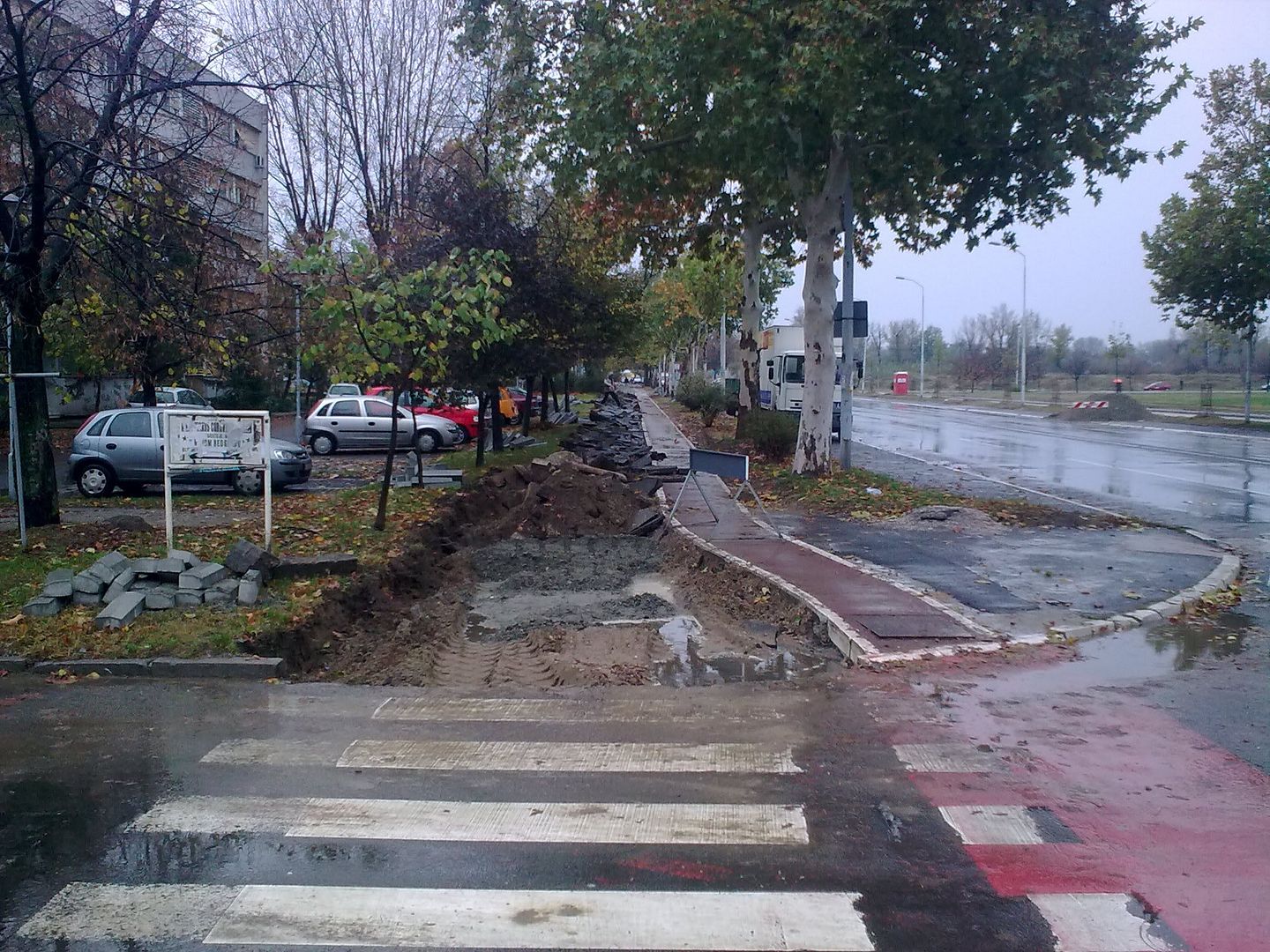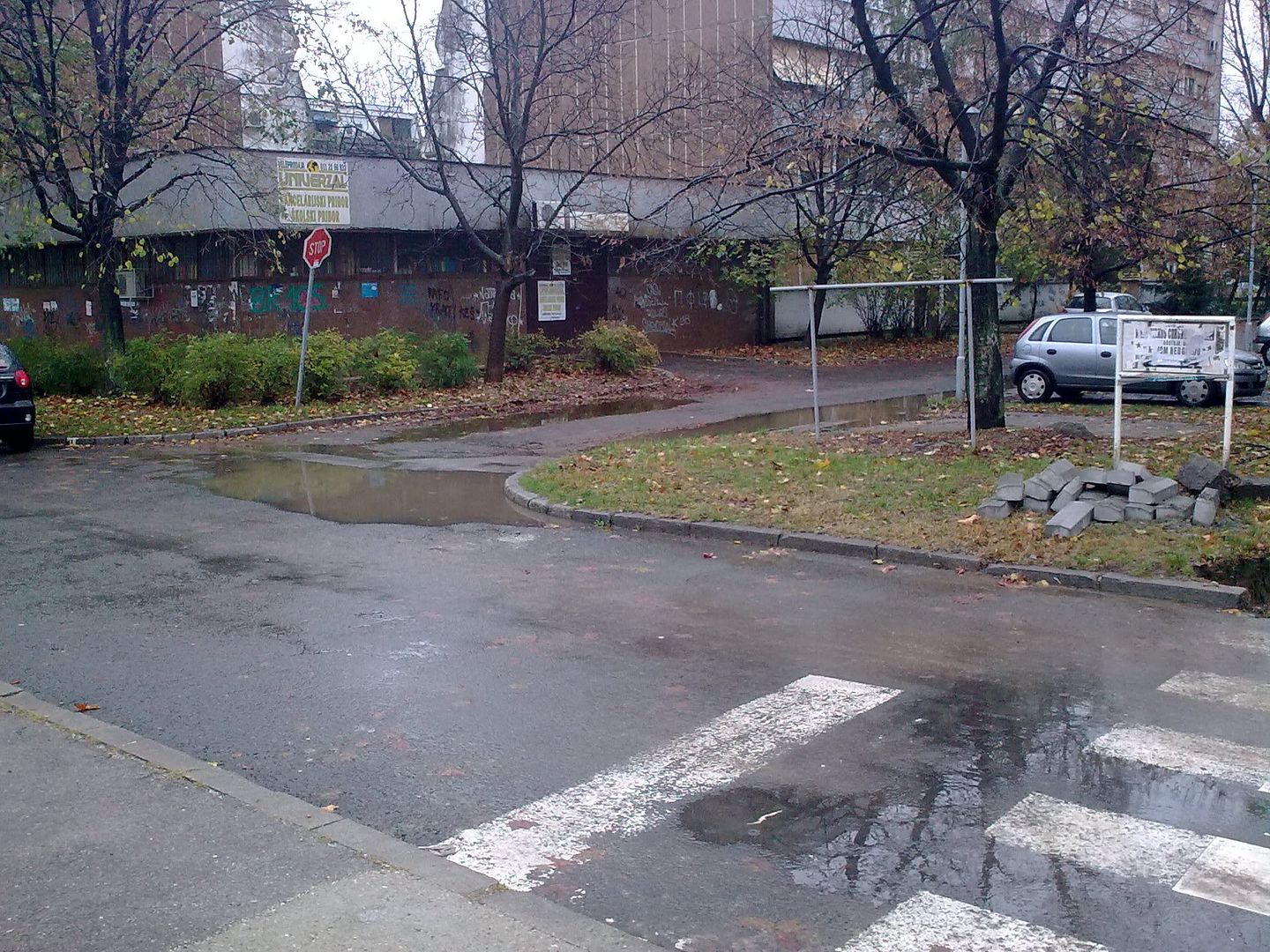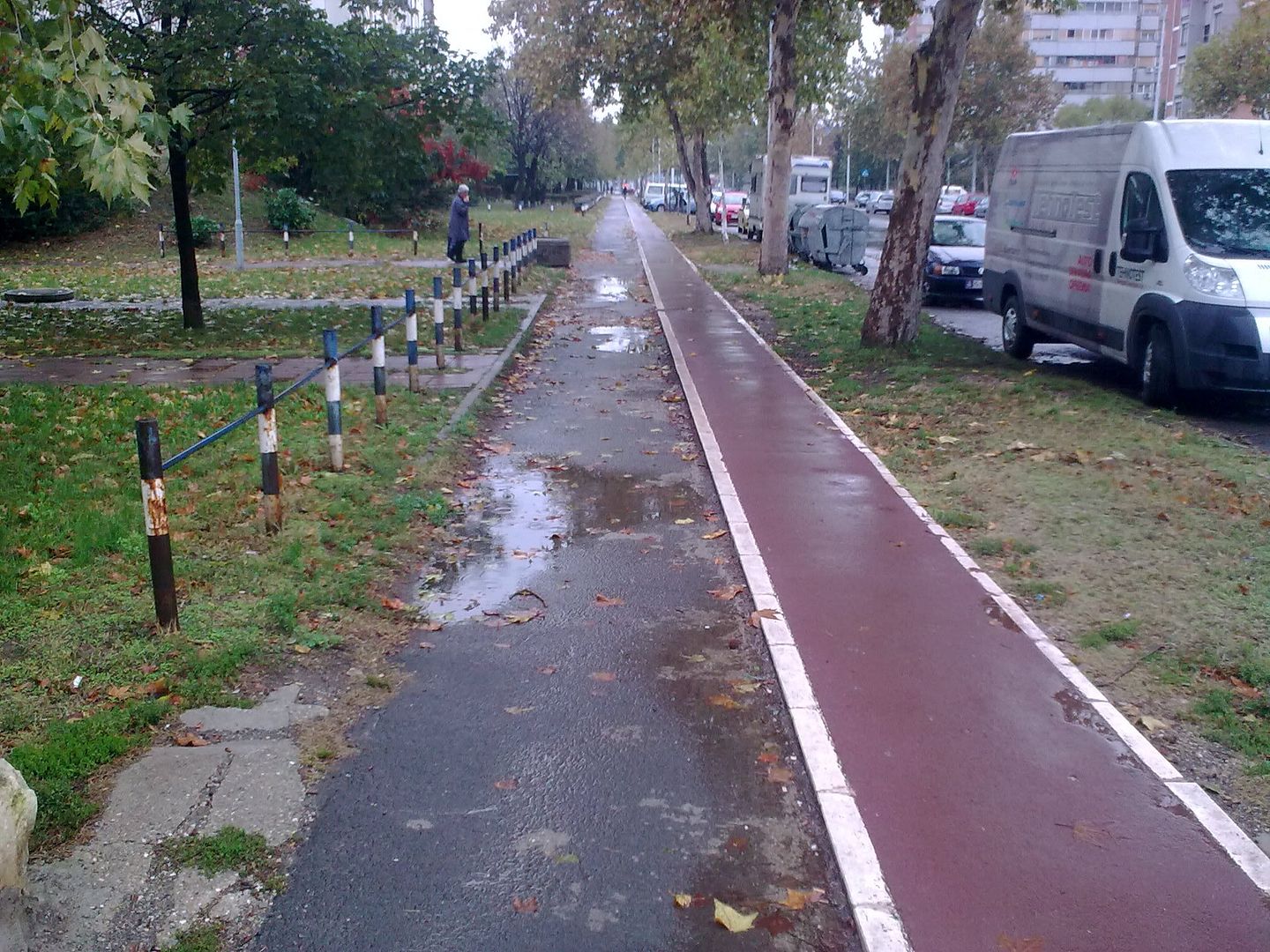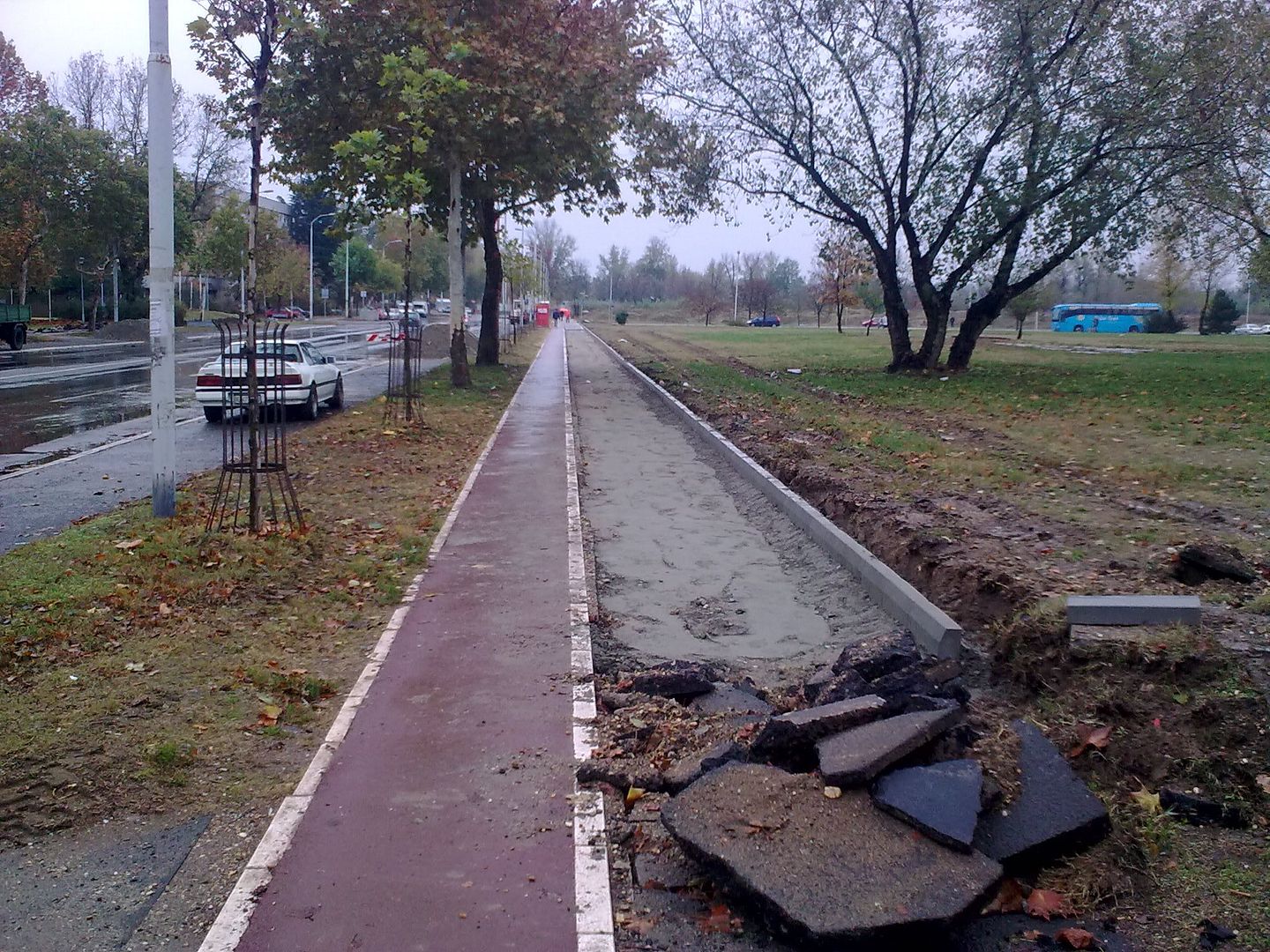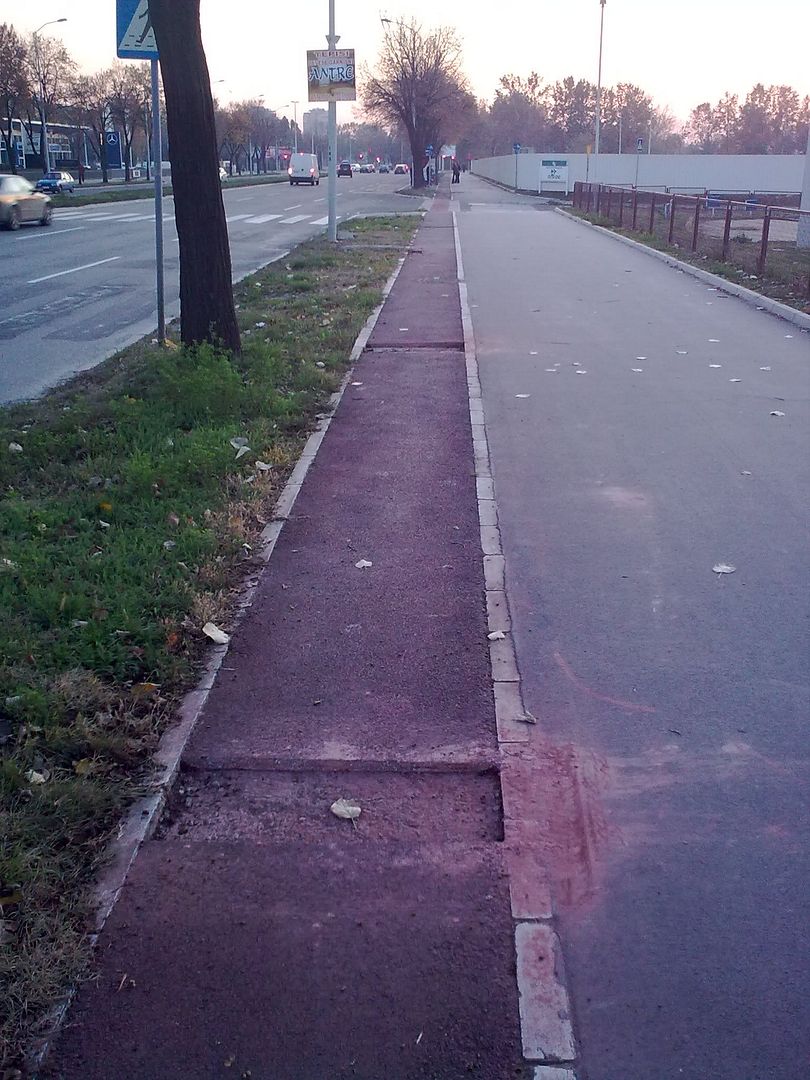Public Bike Sharing: Progress and Challenges Ahead
by Yuka Yoneda, 10/06/09
On the chic streets of Paris, a woman wearing a purple cardigan zooms by on a chunky, mocha-grey bicycle. The woman fades from mind, but the retro bike lingers on as a memory with its decidedly unique styling. Strangely, an older gentleman with a bouquet of flowers tucked into his bag now rides by on a bike that looks just like the last one. And now, yet another man is walking the exact same bike down the street too. Coincidence, or something more?
Photo via AustinEvan’s Flickr Photostream
It turns out that many a visitor to the City of Lights has experienced a similar scene unfolding in front of them with the final realization that these Parisians are not riding their own bikes, but ones that they share with the whole city via the largest system of its kind in the world. The Vélib’ system, as it is called, is so simple that even non-Parisians can try it out. Just walk up to a bike station, purchase a one day pass for about €1, and hop on your new set of wheels. Then, when you’re done exploring the city, return the bike to any open spot at any station in the city.
Seems logical, doesn’t it? It’s rather common for first time encounters with setups like Vélib’ in Paris, SmartBike in Washington DC, or BIXI in Montreal to yield wide-eyed “Why doesn’t my city do this?” reactions. As busy people with places to go and things to do, we all need easy, affordable and accessible transportation. And living at a time when environmental awareness is more and more the norm rather than the exception, reduced emissions and earth-friendliness are becoming increasingly major factors in the way we select how we get around. In theory, bike sharing checks off all of the criteria on that list with a bold confidence. But does it measure up in real life?
There are some issues. Numerous media outlets have reported about Vélib’’s theft and vandalism woes. Bikes have been mangled, hung from trees and even tossed into the Seine. There are complaints from motorists in the area that cyclists who use the bike-sharing program tend to be inexperienced riders and do not follow the traffic rules. Upkeep of the infrastructure (think 20,000 bicycles and 1,450 stations with roughly one station every 300 meters throughout the city center) is yet another headache to deal with. From the sharer’s point of view, the most common frustration is riding to a station hoping to park their bike there and finding no open spots – imagine you’re running late for an appointment?
Luckily, the kinks in early operations like Vélib’ served as red-flag indicators for future iterations. Boston, which is currently planning its very own version with the help of the Public Bike System Company, which oversees Montreal’s BIXI system and was also chosen to work on London’s upcoming program, has studied up on the downfalls of earlier operations. Some of the solutions include a stolen-bike alert system using online social media networks and a web service that allows users to see how many bikes and parking spots are available at any given station ahead of time. The fact that PBSC’s bike stations are portable, modular and solar-powered also alleviates much of the heartache that comes with the maintenance issues.
Overall, public bike sharing systems have come an extremely long way and the positives (easy, cheap, clean transportation) eclipse the negatives. From an environmental and economic standpoint, bike sharing rids people of an excuse to drive their gas-guzzling cars – why would you drive when you could save money on gas and not have to deal with the hassle of finding parking? From a societal perspective, our adoption of bike sharing systems says a lot about us as human beings. If we can share our bikes, maybe we can learn to share other things successfully as well.
Izvor: Inhabitat
http://www.inhabitat.com/2009/10/06/public-bike-sharing-progress-and-challenges-still-ahead/
















